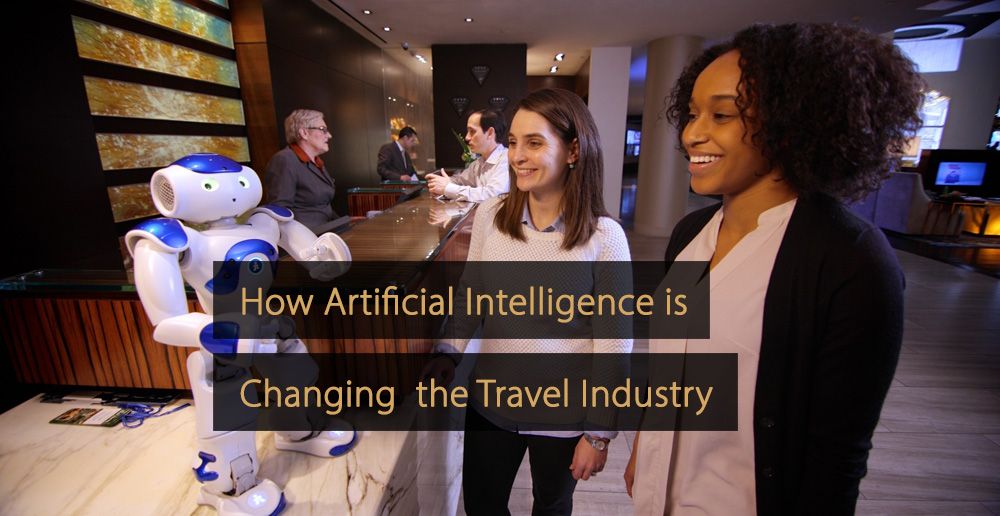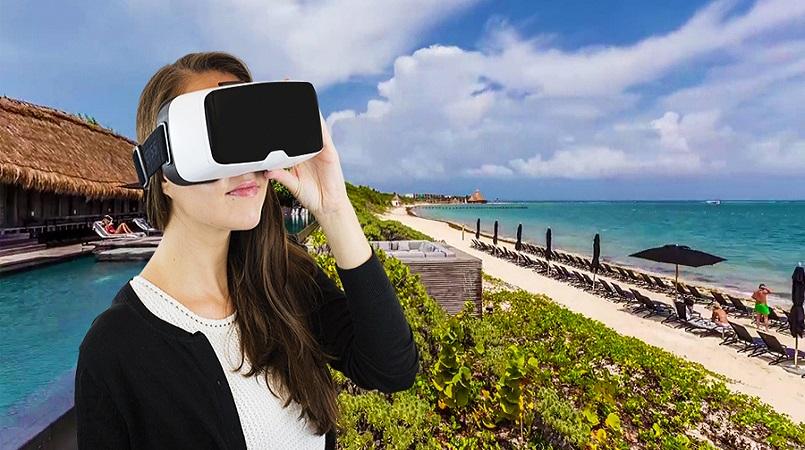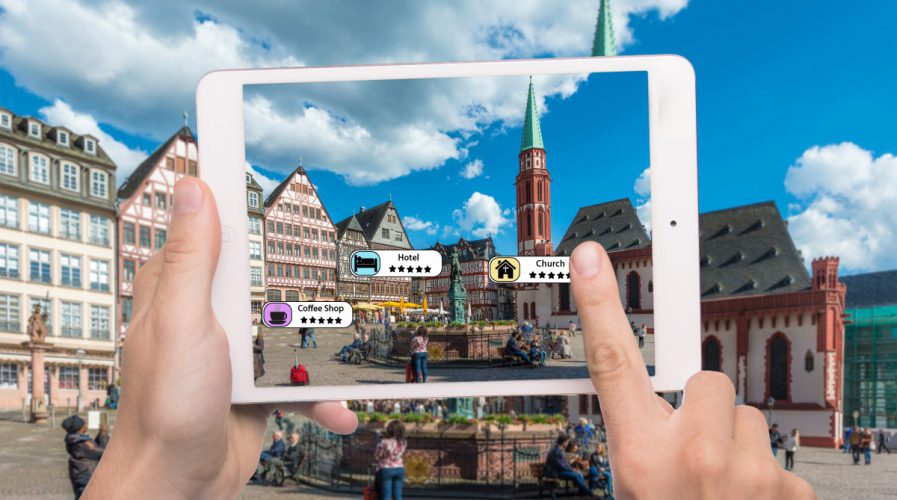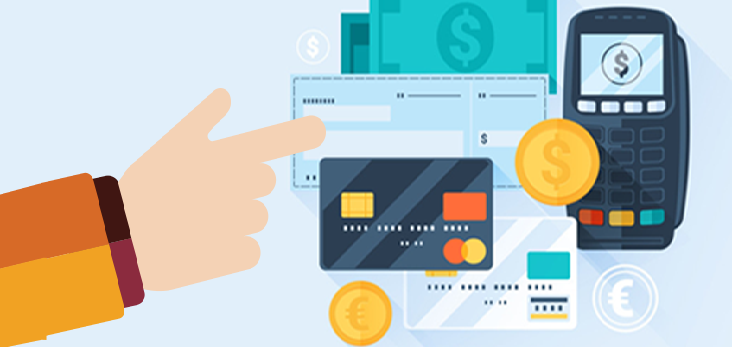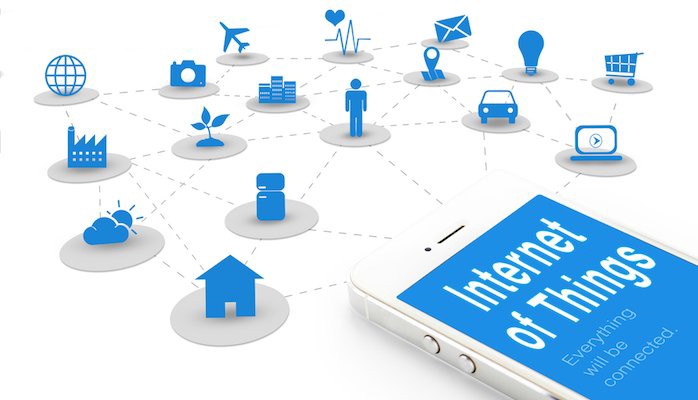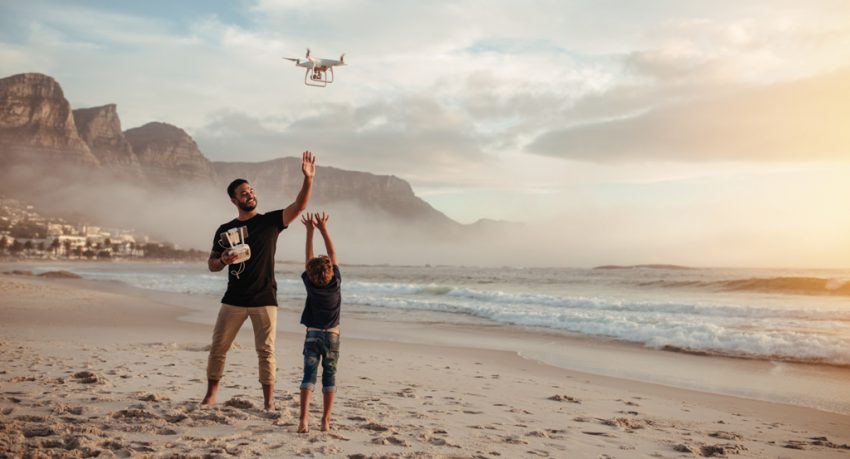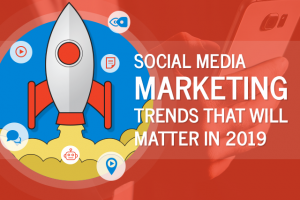Technology trends in travel industry have reworked the travel trade. From client communication to online booking, the arrival of technology is stimulating changes within the travel and commercial enterprise sector. With travelers expectations and behavior modification over time, technology has helped businesses supply a lot of immersive expertise. Travel and commercial enterprise corporations are adopting different kinds of technologies to boost client expertise and different aspects.
Top Technology Trends in Travel Industry
Artificial Intelligence
AI is behind many evolving innovations in the Travel web development. Operations which usually require human intervention and a lot of time to learn new skills can be automated, thus speeding up processes, while improving the performance, and decreasing costs.
No doubt, this is one of the most promising technologies to hit the travel industry, reducing the task for all sectors by cutting out human capital and replacing these resources with artificial intelligence. On the other hand, Chatbots, have infiltrated customer service, programmed to resolve simple issues that previously required a human to mitigate.
chat-bots are capable of organizing travel plans, transferring customers to actual agents when the conversation supersedes their capabilities and troubleshooting. Those who have incorporated AI bots have engineered their own solutions.
Lola, a business travel app from KAYAK, combined AI with human agents to provide assistance on flight schedule, hotel bookings etc.
Virtual Reality
This technology could also be in its infancy. However, it hasn’t stopped the travel sector grabbing hold of this chance and realizing its edges. The travel industry is all about selling an experience; a feeling, a landscape, the history of a particular destination. Traditionally, this has been accomplished through, storytelling and other approaches. It enables people to live and experience, directly from their living rooms. The advantage of VR in travel and tourism marketing is vast. This technology can take anyone on a guided tour of your city, island or country from anywhere in the world
This technology trends in travel industry are dedicated to 360-degree video and photography. Virtual tours will assist you to build higher travel selections, not simply the sensation of being in other places. Virtual travel isn’t any totally different than navigating around the world via Google Earth and Google Maps.
When Google Earth first launched, people went to it to explore unfamiliar and popular places. From Area 51 to the Great Pyramid of Giza, Google Earth allowed users to explore everywhere and anywhere. With virtual reality, it only gets better. Google Earth VR helps you fly around to earth to visit any place you want with large detail.
Augmented Reality (AR)
Augmented reality is quite similar to virtual reality, but involves augmenting real surroundings, rather than replacing them. One of the major advantages of this technology is that it is cheaper than VR, with users requiring only a smartphone or tablet device which has access to the internet.
This technology has become more and more widespread among the travel business. It enables businesses in the travel industry to enhance the physical environments by trying to encourage customers to visit, including local sights and hotel rooms. Moreover, this technology lets travelers experience a particular place prior to their booking.
Through graphical overlays, the travel industry can greatly enhance the customer experience, providing valuable information or even pure entertainment. For instance, few apps can allow photographs to be augmented through filters and effects.
Currently, travel tends to be heavily researched, as customers require lots of information before they travel. Augmented reality can serve much of this information to them, 24/7.
A British resort, The Hub Hotel from Premier Inn, made augmented reality compatible with the wall maps it places in hotel rooms. When viewed through a smartphone or tablet, the wall maps consist of extra information about some of the local places, serving as a kind of tourist data tool.
Alternative Payments
Basically, the more forms of payment travel providers accept, the more business they’ll attract. When we say alternative forms of payment, we are referring to anything beyond the typical credit card or cash transactions, including other forms of currency ranging from cryptocurrencies to tokens. Customers will choose the most convenient way for them regardless if it is the most inconvenient for the provider.
This past year, Expedia and Cheap-O-Air have opened the door for cryptocurrencies, allowing travelers to purchase vacation packages with their completely digitalized tender.
Tokens or bonus cards are a highly effective tool for attracting users. which is completely necessary for loyalty-averse industries like hospitality and travel. In rewarding consumers with virtual points that translate into real savings, players within the travel industry disintegrates that loyalty barrier and takes control of how their brands measure against competitors.
The Internet of Things
Every travel software development is likely to experience this technology to take off in the hotel landscape, in particular, offering hotels the data required to completely personalize guest experience. Hotels are relying on IoT through, in-room tablets that connect to various elements within the hotel room and the surrounding facilities. By connecting smart devices to a network of controls, users can manipulate their experience according to their specific needs.
The customization extends from television controls to room temperature control, allowing guests the ability to change settings from a centralized dashboard. Additionally, they have control directly from a smart device, implementing these changes in real-time, at the push of a button. In implementing guest-friendly IoT solutions, the travel industry is simultaneously modifying according to consumer demands and collecting data to leverage through other channels such as marketing and operations.
Big Data
In the modern tourism industry, big data is the major factor and almost all companies that are successful employ their own data collection techniques. One of the biggest uses for this technology is to improve personalization, with travel companies using the information they gather to make specific adjustments to their offerings.
Another important use for Big data is to find out current business performance. However, hotel owners can use big data for revenue management purposes, using historic occupancy rates and other past trends to better anticipate levels of demand. once demand is certain, rating and promotional methods also can be optimized.
Drone Photography
Drone photography is nothing new – however shooting superb aerial footage of landscapes, live events, buildings and cityscapes from four hundred foot. within the air has become abundant easier and more cost-effective with drone photography.
Drones represent a good selling tool for the business, that has invariably been one amongst the fastest to adopt new technologies.
The ability to supply innovative and reasonable aerial videos and pictures has been one amongst the first reasons drones have created a stir during this business.
As Skift puts it in their report Content Marketing Trends in the Travel Industry: “Visuals are the new language of the digital era”. And videos are,simply, the most compelling and engaging visual form.
Google confirmed in their Travel Content takes wing on YouTube study in 2014: the net consumption of travel videos is vastly increasing. Travel videos attract and have interaction customers quite text and stills and travel videos sell quite the other sort of content.
Hospitality and travel marketers know this. It provides the target audience with innovative video content, showing a unique view of a resort, a tourist attraction or a destination.
In Forbes, Peter Himler talks about drones and travel marketing: “The advent of drones makes the once-prohibitively expensive task of aerial videography much more feasible for a much broader swath of destinations and attractions”.
Wearable devices
Wearable technology is fast becoming one of the best innovations in the modern world. Despite a sluggish start, travel and tourism companies are gradually using this technology to offer customers a more personalized and united experience.
For instance, the Walt Disney Company deployed a wearable, customization, RFID-equipped MagicBand, which connects to the theme park infrastructure, to reduce waiting times and track guests’ locations and activities.
Conclusion
Technology trends in travel industry have revolutionized the travel industry in an optimistic way it’s making a singular and unforgettable expertise for the audience. Also, it guarantees the travel business a bright and prosperous future.


